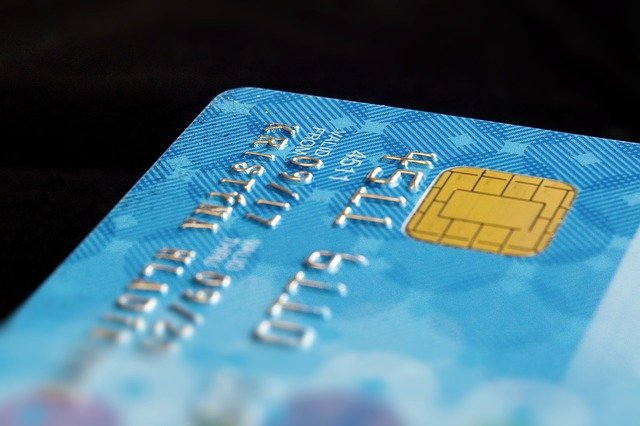Cashless payments not only save time, they are also environmentally friendly. According to the European Central Bank, in 2003, it took the same amount of energy (about 22.7 billion kilowatt-hours) to issue a bank note for each EU citizen as it would take to leave a 60-watt light bulb on for 12 hours. This is equivalent to the electricity generated by a medium-sized nuclear power plant in two years. In addition to this, there is the environmental impact of transporting cash.
Of course, there is also the fact that there must be a technological infrastructure for cashless payments, ranging from ATMs operating 24 hours a day to card readers in stores and restaurants. Cash cards are usually made of plastic (PVC), which is harmful to the environment. However, at least some banks are using bioplastics.
Contactless payments
For amounts less than 500 CZK, the amount is withdrawn by simply placing the card on the edge of the terminal.16]
NFC is particularly convenient because the card only needs to be near the card reader. As such, NFC is also a security concern. This is because even an unauthorized person could theoretically be able to make small withdrawals without a PIN or signature. In practice, however, this is seldom the case, and there is no need to worry, as a device is needed for this purpose.
Various credit cards allow cashless payments in stores and on the Internet.
● Revolving credit card:Similar to a charge cart. However, installment payments can also be made. However, in that case, a relatively high interest rate must be paid.

Smartphone payments: many providers can cause confusion
Payment chips in the form of stickers, or chips implemented on SIM cards, allow you to pay with your cell phone in stores. 36]
● NFC:” Smartphones equipped with near field communication technology ” (NFC) can also pay with Apple Pay, Samsung Pay, and Google Pay. This feature can also be easily retrofitted; all three services require a credit card to be saved in the smartphone\’s settings. The smartphone then sends the credit card information to the device when making a payment.
● Bank apps:Some banks also offer apps for customers to pay. This app also relies on NFC and processes the payment when the smartphone is held over the POS terminal.
